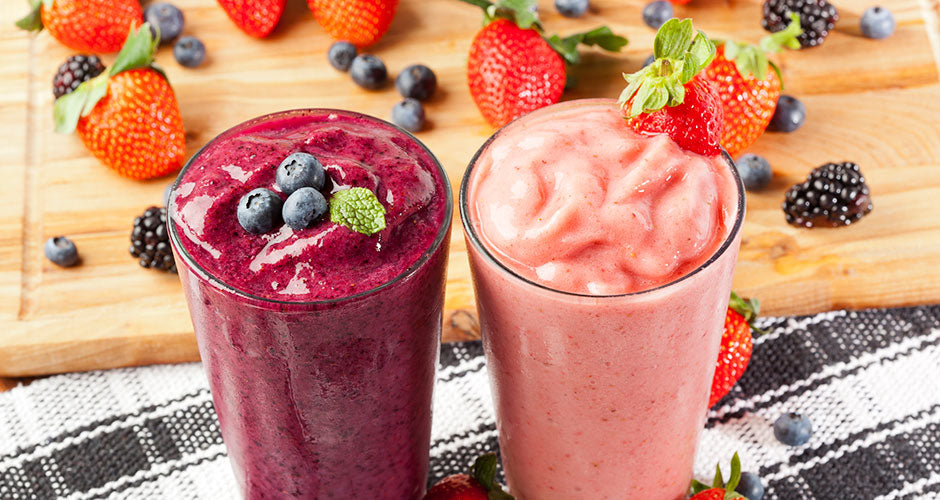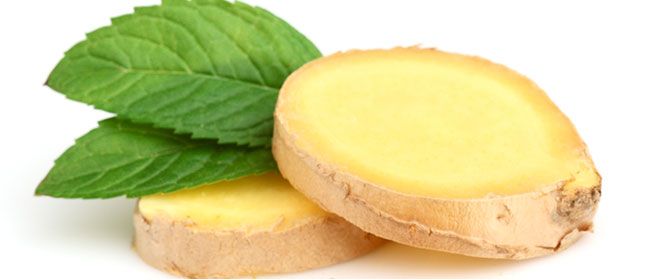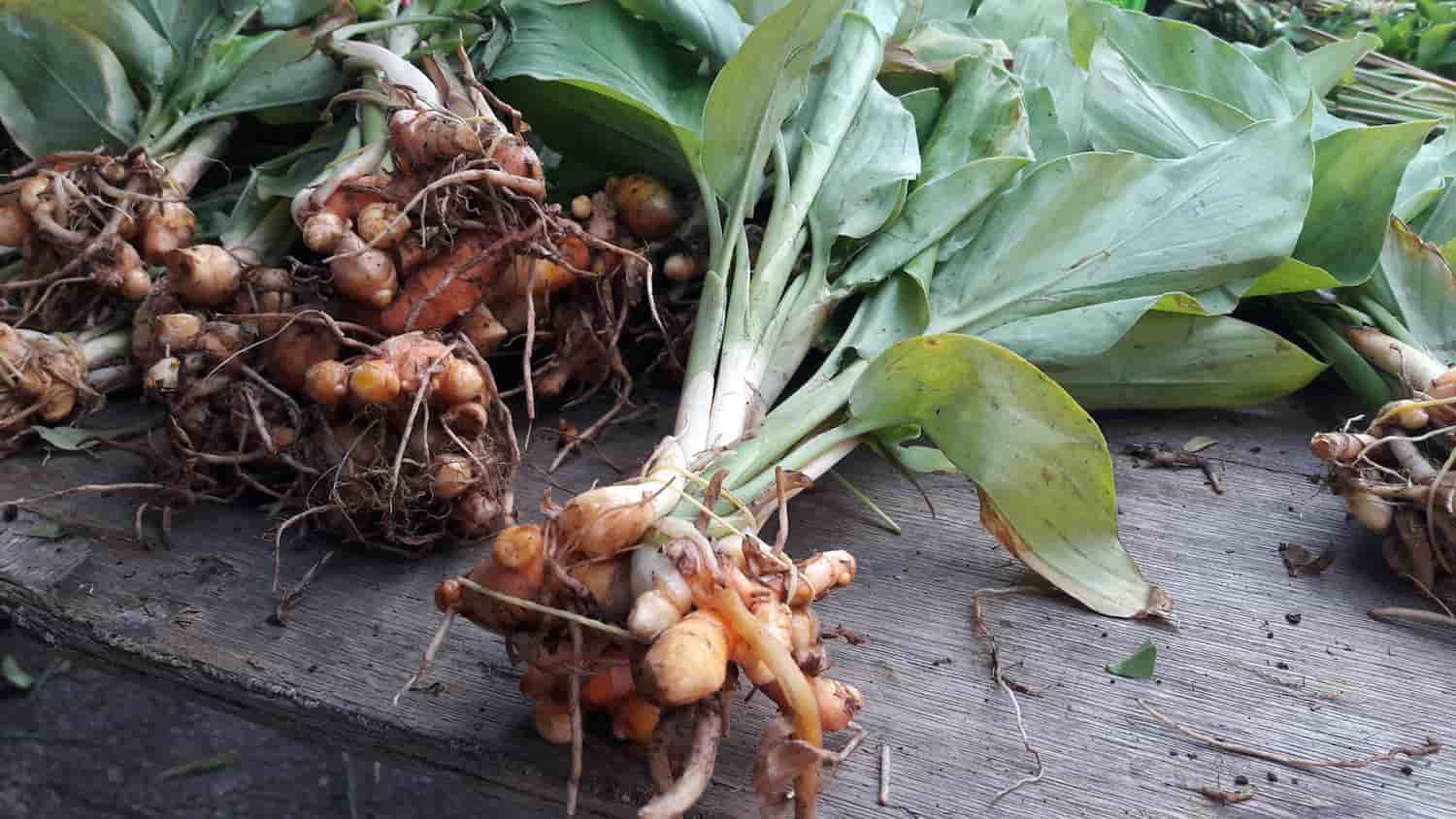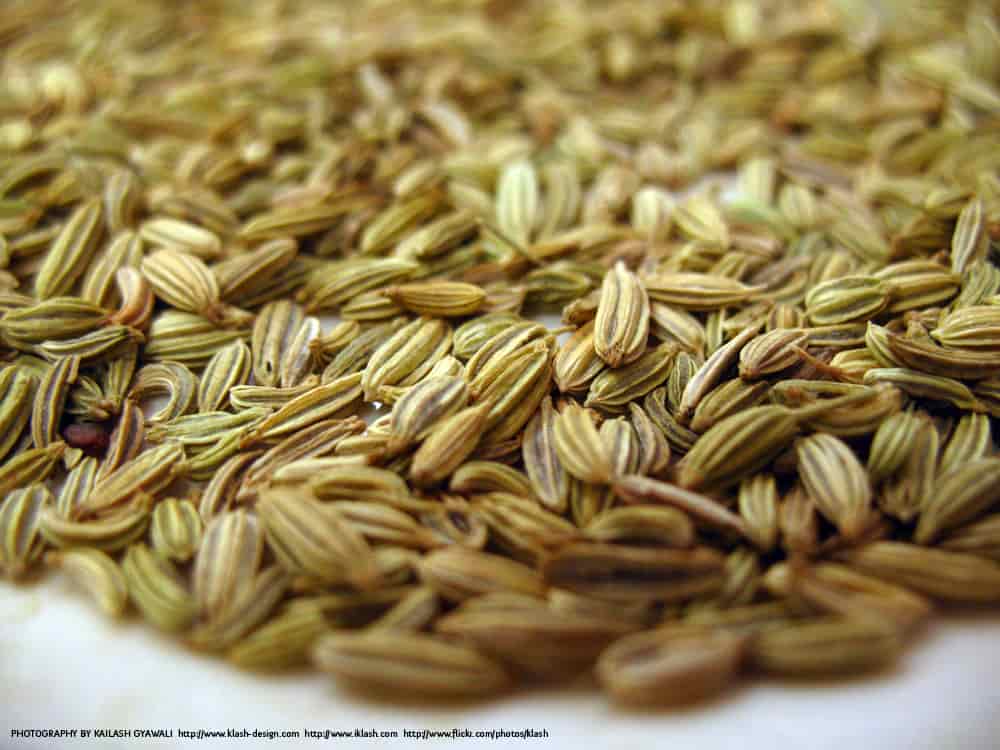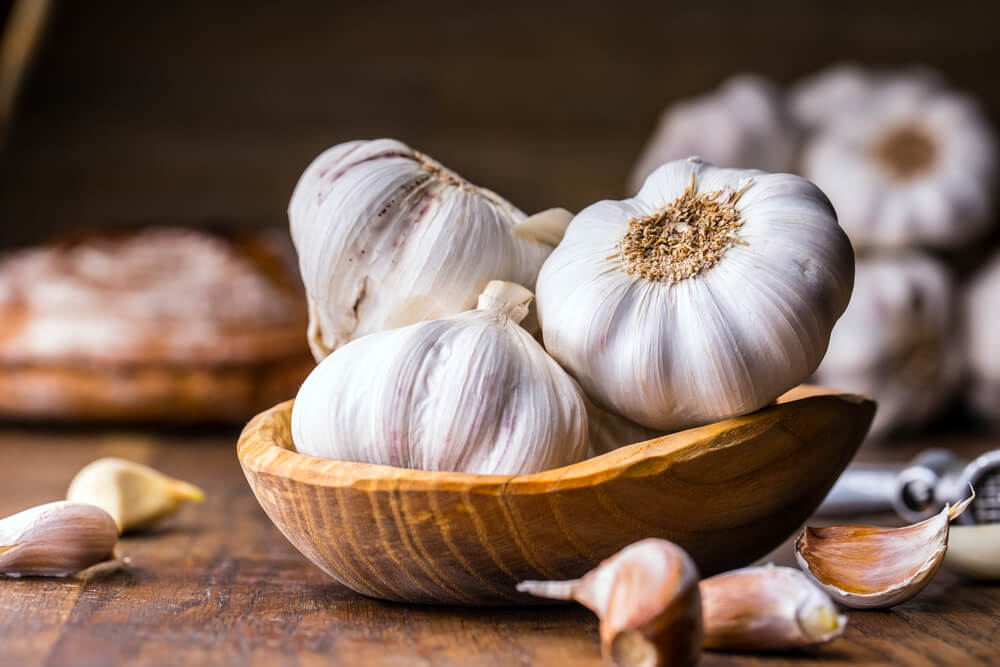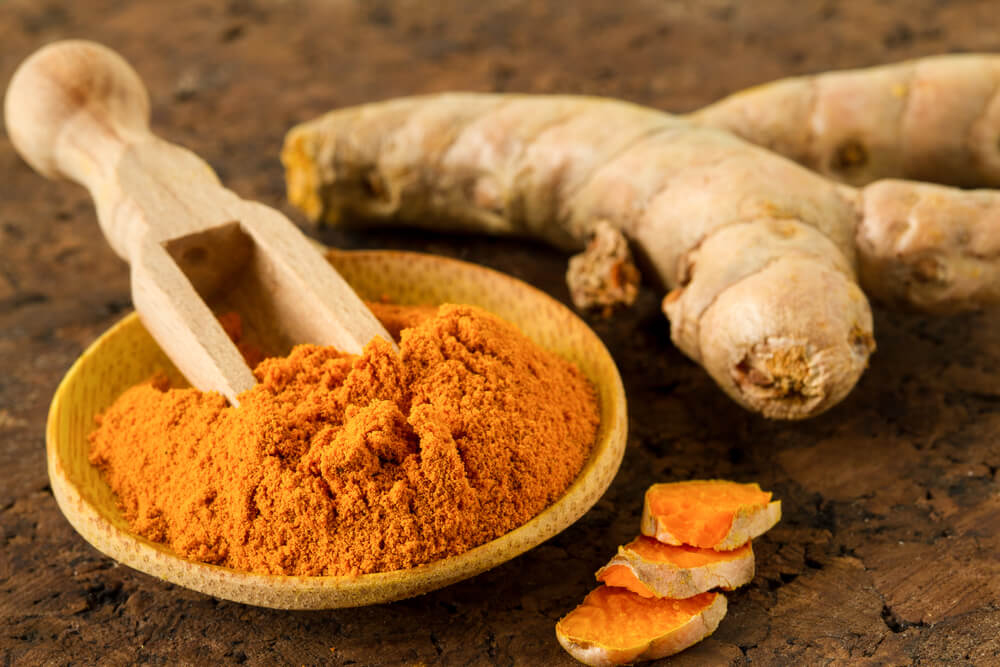We all know that food can be nourishing and comforting but certain foods can also support a healthy inflammatory response. In addition, they are packed with other nutrients that nourish our bodies, preparing our immune systems as we head into colder weather when bugs can be prevalent. Below we discuss a few foods that you might want to add to your diet.
Pumpkin
While pumpkin beverages, baked goods, and sweet and savory dishes abound at this time of the year, a lot of people don't know that pumpkin can also support our inflammation response (especially when it's not paired with sugar). Pumpkin, of course, like all other orange vegetables, is rich in carotenoids that convert to vitamin A and promote things like eye health, reproductive wellness, and immune function, making it convenient that pumpkin season peaks just before the cold season. As a bonus, of course, you can roast and eat the seeds from pumpkins, and they have their own set of nutritional benefits, like being rich in zinc — a wonderful support for the immune system.
Cinnamon
This spice is about as classic as it gets, and the months of fall and winter are filled with traditional recipes that utilize Cinnamon: apple crisp, pumpkin pie, cinnamon rolls, chai lattes, gingerbread cookies and more. Cinnamon is packed with health benefits, such as supporting healthy blood sugar levels. It can also help to with digestive discomforts, calm muscular spasms (and menstrual cramps), and support a healthy immune system. You can even use Cinnamon topically as a bug repellent. Cinnamon can be eaten as a spice in foods, or it can be taken as a tincture. Keep in mind that the tincture is much more concentrated than the amount used in foods and the tincture form should not be used when pregnant. Cinnamon spice powder is popularly added to black coffee for a spicier taste, but also to encourage balanced blood sugar levels, which can be impacted by caffeine from coffee. Cinnamon is rich in manganese, and even just breathing in the scent of Cinnamon can have a stimulating and energizing effect on the brain. Note: Those with liver conditions or on blood thinning medications should consult a natural health practitioner before taking Cinnamon in tincture form.
Ginger
Used for thousands of years for its health benefits, Ginger is a tuberous plant that can be consumed in a variety of formats: raw, pickled, candied, dried, juiced, steeped in tea, powered as a spice, ground as a spice, or encapsulated as a supplement. Ginger has successfully been used to the soothe various digestive discomforts, including motion sickness, morning sickness, nausea and other digestive discomforts. It also supports a healthy inflammatory response making it ideal for immune and joint support. Juiced Ginger has even been used topically for burns and insect bites. Ginger can be effectively used to soothe menstrual discomforts, especially when taken in the first four days of a cycle. This is because Ginger contains compounds known as Gingerols that support the body's natural inflammation response.
Nutmeg
Nutmeg, another familiar fall spice, originates from a tropical evergreen tree. It supports a healthy immune system and can be used to for discomforts associated with digestive complaints, support a healthy inflammatory response, restless sleep, and for menstrual health. It is also good for dental health and can encourage a healthy bacterial balance in the mouth. Nutmeg, in homeopathy, is frequently used for mood support. In Chinese medicine, nutmeg is a popular tonic for liver health. Nutmeg is rich in manganese, B6, copper, and folate. Nutmeg should only be used in small amounts. Nutmeg can also cause skin irritation in some people.
Turmeric
This bright yellow Indian spice frequently shows up in curry. It smells a little like mustard, but has a more peppery and pungent taste and aroma. The active ingredient of turmeric, curcumin, has been the subject of increasing research for its effect on the body's inflammatory response. Turmeric has been widely used in Chinese medicine and Ayurveda for its extensive list of healing properties, some of which include:
- Soothe discomforts associated with the joints
- Abdominal and digestive discomforts
- Support optimum liver health
- Soothe headaches
- Discomforts associated with the seasonal illness
- Promote optimum nervous system health
- Encourage healthy blood sugar levels
- Calm worried thoughts
- Support healthy blood pressure and cholesterol levels
As you can see, its uses are seemingly endless. Turmeric calms the inflammation response by influencing inflammatory enzymes within the body. So should you incorporate turmeric into your diet, or should you take supplemental curcumin? Depending on your particular set of health circumstances, either could be appropriate. Some studies have shown that whole turmeric is actually more effective than isolated curcumin, and this lines up with the philosophy of holistic health and nutrition: the whole is more beneficial than the individual parts. Turmeric can be used in spice blends, but you can also make turmeric tea, golden turmeric milk, and a variety of other turmeric-centered recipes.
Cardamom
Cardamom is a spice made from a fruit, originating from India and other tropical locations. Like many of the other warming spices, it is used in Chinese medicine and Ayurveda, commonly for mouth and throat problems, congestion, and immunity—making it a prime spice for the winter season. Cardamom also supports your body's own healthy inflammatory response. It also lifts the spirits, promotes healthy circulation, lymph and liver function.
Cloves
An ingredient frequently found in pumpkin pie spice blends, cloves are a warming spice made from the buds of the evergreen clove tree. Cloves are an extremely rich source of manganese, a trace mineral required for bone structure and density, as well as for the healthful elasticity of youthful skin. Cloves can be used in a wide variety of recipes—anything from Gingersnaps to pickled beets, and multiple foods in between. But there's a good chance if it's baked and rich in the flavors of fall (like pumpkin, carrots, or apples), then cloves will likely have a place in the dish.
Winter Squash
Often taking a backseat to its more famous cousin, the pumpkin, winter squash is rich in carotenoids like all other orange vegetables, and provides 59% daily value of vitamin A, and almost 6 grams of fiber per cup of cubes. It's also especially rich in vitamin C, B6, manganese, and copper. Winter squash is a respectable source of free radical scavengers that protect the body from oxidative stress, it also contains omega 3 fats, the kind often associated with salmon and fish oil, that support a healthy inflammatory response. One cup provides around 350 milligrams of alpha-linolenic acid (ALA). ALA is useful for joint health and is also beneficial for cardiovascular health and blood pressure levels. While most are quick to write squash off, this vegetable deserves to take center stage for a plethora of fall and seasonally themed meals, and it's a good option, too, for adding to a good chicken soup if you do come down with a seasonal cold or bug.
Writer Aimee McNew has a Master's in Holistic Nutrition Therapy (MNT) and is also a Certified Practitioner of Nutrition Therapy (CNTP).
For educational purposes only. This information has not been evaluated by the Food and Drug Administration. This information is not intended to diagnose, treat, cure, or prevent any disease, or sell any product.
Recommended Products
Further Reading
